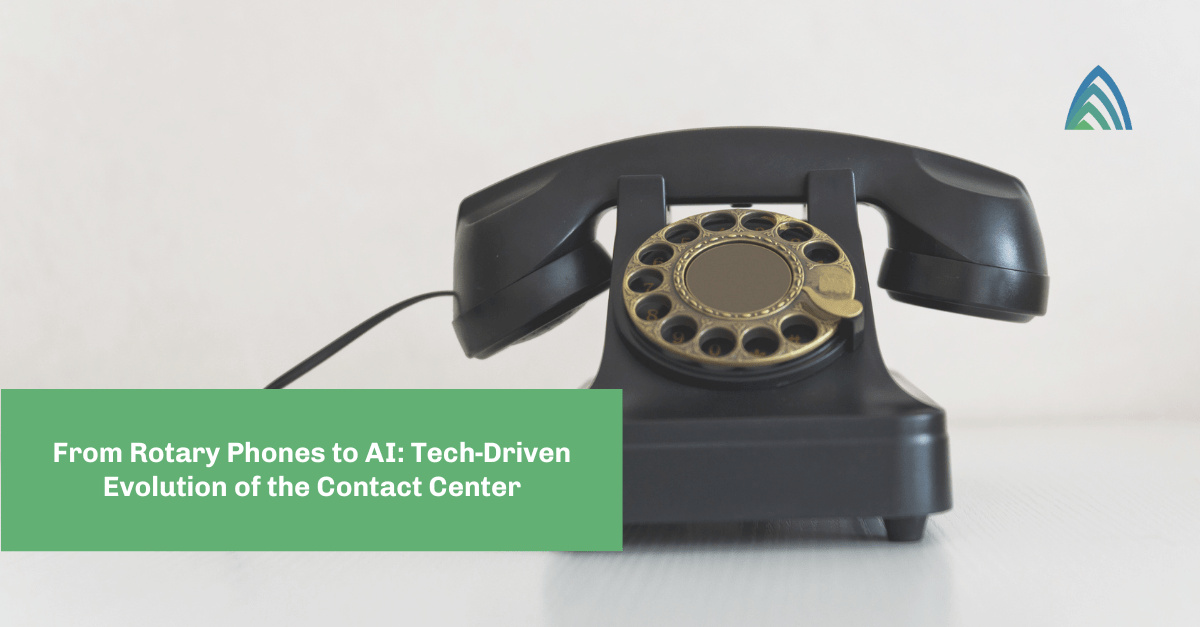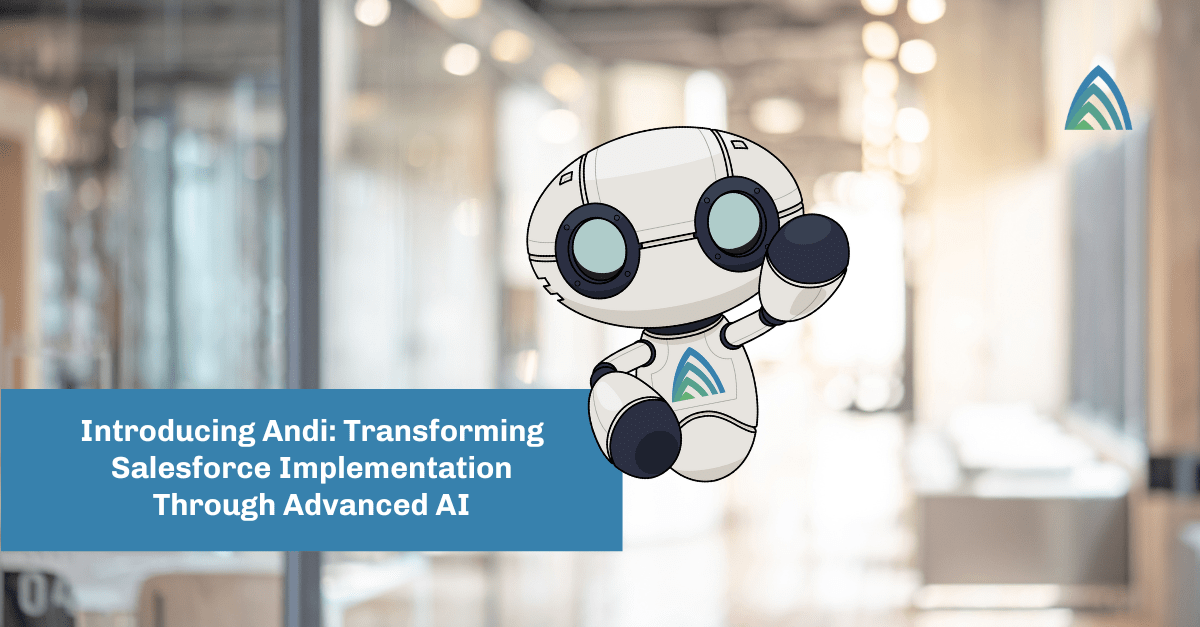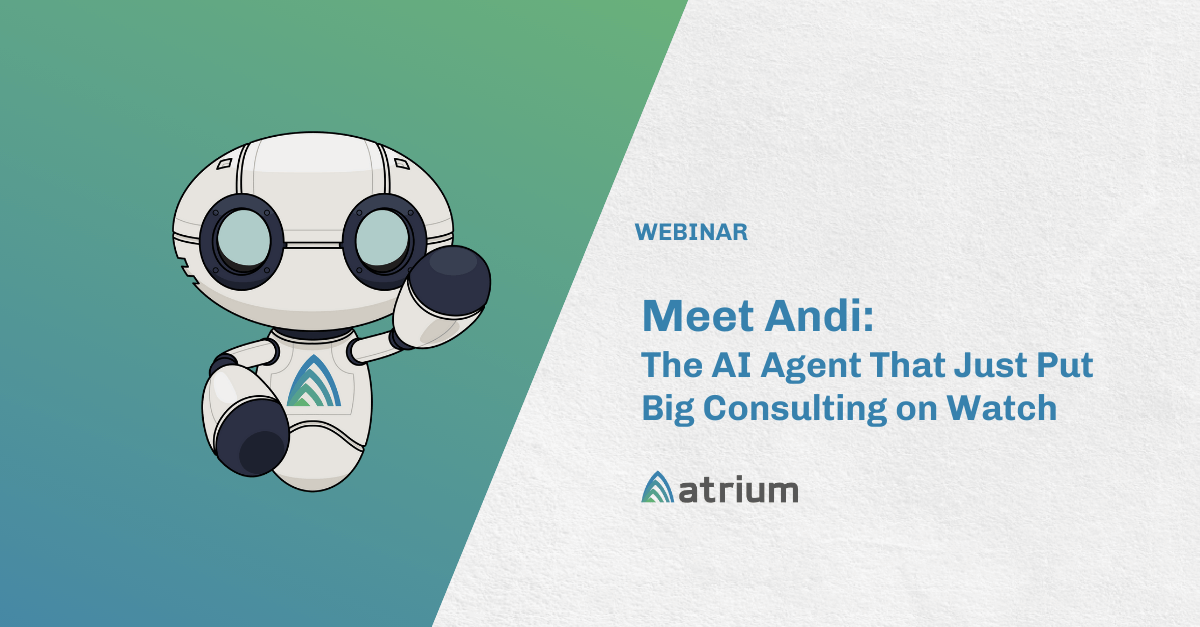As interest in AI and machine learning capabilities continues to grow, so does the need for organizations to put MLOps roles in place to help leverage the technology effectively. It’s no surprise that multiple positions requiring machine learning knowledge made LinkedIn’s Jobs on the Rise report this year.
Building machine learning solutions not only requires data scientists to build the actual models but also operational roles and support staff to bring those models into business processes and manage data pipelines.
3 MLOps roles you need on your team
These high-level roles exhibit all the skills necessary for good MLOps support staff. But keep in mind that these three roles don’t always necessarily translate to three individual people. In some cases, you may find one or two people who encompass all the skills and experience to handle all necessary tasks. You may also find that working with an experienced data science and AI partner to provide support to your team is a better solution. (More on that later.)
1. The Digital Plumber
The digital plumber is responsible for getting, moving, and combining data from disparate sources, systems, and networks. This person should be comfortable with APIs and the consumption and development of REST services. They should also be comfortable with networking and network security.
The digital plumber’s pedigree is a back-end developer, system administrator, or any other developer with a strong background in shell scripting, scheduling, and monitoring jobs. This resource is also comfortable in SQL and ETL (aka extract, transform, and load).
If your team does not have a strong shell scripter, someone with a mastery of an ETL platform is critical for data, but often comes up short running CLI commands. Once the data scientist develops the model, it’s the digital plumber’s responsibility to wrap the output into a service called by the client application. Plumbing the model output to end users is as critical as plumbing the data to the model, so the digital plumber needs to be a strong API developer.
All of the digital plumber’s work products are created in containers, using a platform such as Docker. This is a critical area of expertise for all MLOps support staff. Ideally, one resource has a mastery of Docker, and most likely it would be the digital plumber. The use of containers is a cornerstone of MLOps environments that must be ubiquitous and identical, regardless of whether or not they’re hosted on a workstation or the cloud.
2. The Data Wrangler
The data wrangler is responsible for preprocessing all the data. In many cases, the digital plumber (or even the data scientist developing the model) can perform this role, but it’s important to define it on its own merits.
Transforming raw data into model inputs requires data-munging techniques. Aggregation, deduplication, normalization, sorting, mapping, and anonymizing are a few of the data wrangler’s exceptional skills. Aside from the physical transformation, they also analyze variances over time to identify events that cause changes in the data’s behavior or how it was entered.
For example, consider modeling voter demographics for congressional districts. The data wrangler would look for drastic changes in the demographic over time, which may have been caused by redistricting. They would then determine the best segmentation strategy. This role will be responsible for developing the “pre-processing” data pipeline — not to be confused with the digital plumber pipeline. Yes, they may be connected in one super-pipeline, but they should be developed separately.
Both data pipelines should follow the basic principles of continuous delivery. The code that created these flows should be tracked in version control, and the data they produce also needs to be versioned. Ideally, the entire process is totally automated. Even the environments running these jobs should be completely ephemeral and spun up as containers as needed. (This “phoenix environment” should be burned down when it has served its purpose, only to rise from the ashes when summoned.)
True to the spirit of continuous delivery, the data pipelines should have built-in validation. This could be as simple as asserting record counts if the results are deterministic or more complex. The critical point of these validation checks is to halt the run and alert MLOps staff when they fail, so the data wrangler or digital plumber can address them as quickly as possible.
3. Cloud Architect (aka Mayor of Data Town)
The cloud architect’s primary function is to identify the platforms and tools for the entire machine learning workflow.
Much like the digital plumber, this role comes directly from the enterprise architecture team and has mostly the same skill set with additional data pipeline tools and data versioning tools. The cloud architect will first look internally to determine if the existing platform’s capabilities match the “productionized” pipelines and model service’s needs. Often, this entails examining the current platform’s features vs. additional licensing costs for new features.
If the existing infrastructure is insufficient, the cloud architect will identify new platforms to fill the gap. The cloud architect will identify the open-source frameworks, languages, and databases directly related to platforms and infrastructure to cooperate with the data wrangler and digital plumber.
Of course, there are always multiple technologies that will meet the project goals, and often these selections fall back on personal preference or familiarity with one language over another. So the cloud architect should also be able to play Mayor of Data Town and ensure that a compromise is made between stakeholders. This role should also have a strong background in security.
Depending on the data’s nature, they may choose to enforce a zero trust architecture by assuming that no two systems may relax their security, even if they share a common network perimeter.
The cloud architect often plays the technical lead role and becomes the ambassador to the MLOps mission, vision, and goals. This team member is typically more senior — someone who knows the business, infrastructure, and technology equally.
Missing some key data skills on your team?
Machine learning projects are different from traditional software projects and require specialized skills and experience. If you’re looking to roll out machine learning capabilities but don’t have all the necessary data expertise on your internal team, Atrium can help.
Atrium’s managed services are designed to address these specific challenges. We provide customers with ongoing support and enhancements of your data science and analytics solutions, with dedicated resources to bring your AI and machine learning capabilities to life.
Want to learn more about getting started with machine learning? Download our complete Machine Learning Operations Starter Guide.











